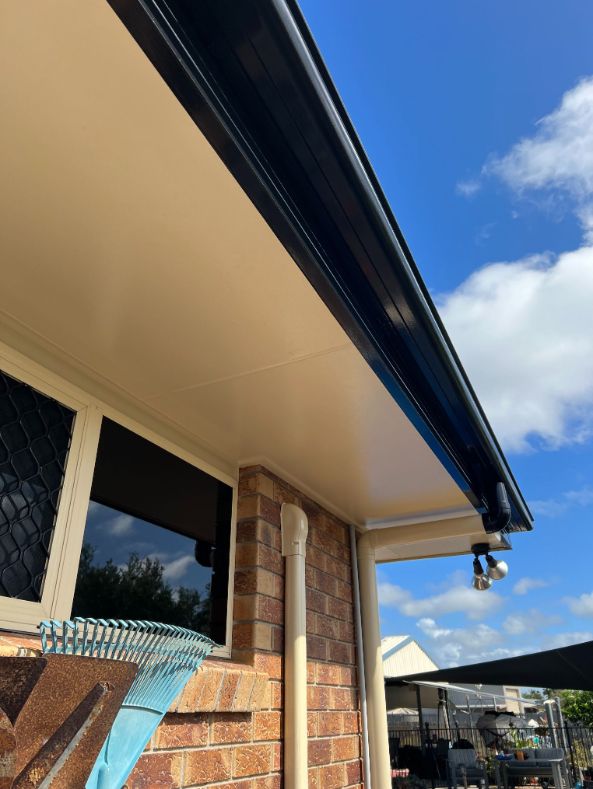The main difference between oil-based paint and water-based paint is the type of solvent each uses. Oil-based paints have an organic solvent in their paint makeup, usually in the form of mineral turpentine. Meanwhile, water-based paints primarily use water as part of their solvent.
There are also differences in terms of sheen quality in both oil-based and water-based paints. Oil-based paints have a high-sheen finish that can dull over time. On the other hand, water-based paints may have a low-sheen finish but can maintain its sheen quality longer than their oil-based counterpart. Both are commonly used by a painter.
In this post, we’ll discuss more on these two types of paints, where they are best used, and their pros and cons.

What is Water-Based Paint Best For?
Water-based paint is best used for exterior walls that are constantly exposed to outdoor elements. At the same time, they also are ideal for interior walls that get a lot of moisture throughout the day. These can include kitchens, laundry rooms, and bathrooms.
What makes water-based paint different is that it can be normally applied over existing oil-based paints, which simply isn’t possible the other way around.
What Are the Advantages of Water-Based Paint? (H2)
These are the advantages of water-based paint:
- It offers a more pleasant experience to use since it has zero odour
- Water-based paint is easier to apply and also has a faster drying time
- Paint cleanup is easier and doesn’t require special cleaners to do
- Water-based paint is resistant to cracking caused by contractions
What Are the Disadvantages of Water-Based Paint?
The following are the disadvantages of water-based paint:
- Water-based paint can easily be chipped and damaged from impacts
- It’s not quite shiny, and trying to achieve a mirror finish is next to impossible
- It takes longer to dry during lower temperatures or in high-humidity environments
What is Oil-Based Paint Used For?

Thanks to the extreme durability of oil-based paints and their ability to withstand constant impacts, they make for an ideal interior and exterior paint. Since the resin in this type of paint produces a hard, non-breathable coating, it also makes it resistant to rust and stains over time.
Using paint thinner, turpentine, and mineral spirits for any oil-based project can help you correct any issues during application. These products also help with the cleanup of brushes once done.
What Are the Advantages of Oil-Based Paint?
Here are the main advantages of oil-based paint:
- It can achieve a smooth, high-gloss finish once applied
- The surface of an oil-based coat can withstand wear and tear
- It is capable of easily resisting resists stains and rust
- It can also withstand changes in humidity and temperature
What Are the Disadvantages of Oil-Based Paint?
These are the disadvantages of oil-based paint:
- Has a strong odour that can be quite invasive once applied
- Oil-based paint can take a much longer time to dry than water-based paint
- Extra care is needed to prep for house painting so as to prevent anything from making contact while the paint is drying
- The paint can harden over time and split, mainly when its underlying surface shrinks
